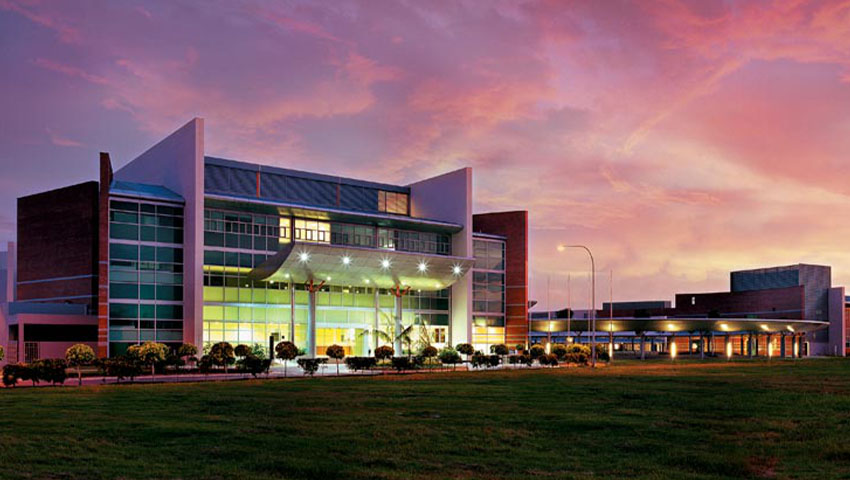
Led by Professor John Mamo, the director of the Curtin Health Innovation Research Institute, a team of WA-based researchers has received $620,000 to establish the state’s only super-rapid-speed confocal microscopy facility, providing health, environmental biology and agriculture researchers access to contemporary, state-of-the-art equipment.
It will give these researchers the clearest 3D-pictures to monitor fast biological processes inside living cells and to scan large areas of tissues with an unprecedented degree of detail.
Federal Education Minister Dan Tehan announced three Curtin-led research projects had been successful in the latest round of the Australian Research Council (ARC) Linkage Infrastructure, Equipment and Facilities 2020 scheme.
Professor Moran said, "The ARC Linkage Infrastructure, Equipment and Facilities scheme enables researchers to purchase expensive research equipment to support their collaborations with global and national academic and industry partners."
Under the leadership of Professor Noreen Evans, from Curtin’s School of Earth and Planetary Sciences and the John de Laeter Centre, a $610,000 ARC grant will provide a mass spectrometer for Australian researchers to characterise unique samples of dust and rock collected from asteroids, meteorites and the moon as part of global collaborations with international space agencies.
The instrumentation will also support federal geoscience agencies generate nationally significant isotopic datasets to improve mineral exploration success, as well as scientists monitoring Earth’s environment.
"These three Curtin-led research projects will give Western Australian researchers access to state-of-the-art equipment that will provide important support for planetary sciences and health research," Professor Moran said.
Awarded $250,000 by the ARC, a research team led by Dr Clancy James, from the Curtin Institute of Radio Astronomy and the International Centre for Radio Astronomy Research (ICRAR), will also construct a particle detector array for the Murchison Widefield Array (MWA) radio telescope.
The particle detector array will allow the MWA to study high-energy particles from space, called cosmic rays, to determine where they come from, and what happens when they collide with the atmosphere.
More information about the ARC Linkage Infrastructure, Equipment and Facilities 2020 scheme is available here.
Receive the latest developments and updates on Australia’s space industry direct to your inbox. Subscribe today to Space Connect here.








